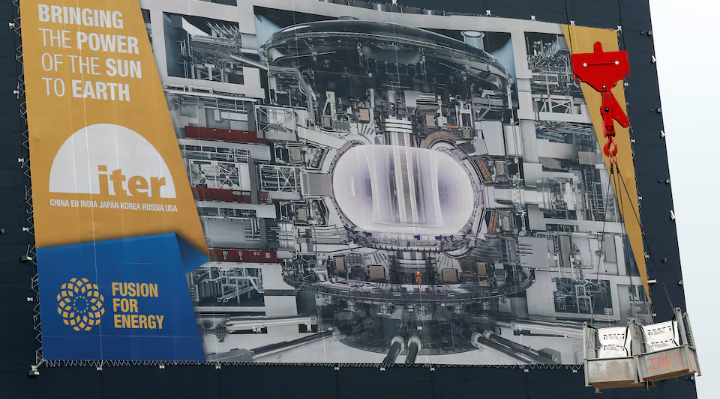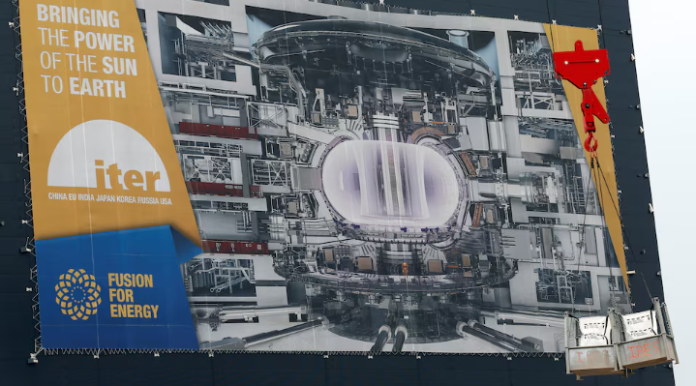In a major leap forward for the future of clean energy, the world’s most powerful magnet is finally ready for installation at the International Thermonuclear Experimental Reactor (ITER) in southern France. This milestone comes after years of delays and brings the ambitious global nuclear fusion project one step closer to potentially revolutionizing the energy industry.
ITER, a collaborative project involving over 30 countries—including the United States, China, Japan, Russia, and the European Union—is working to develop nuclear fusion, the same process that powers the sun, as a reliable and sustainable energy source on Earth. Fusion holds the promise of generating virtually limitless energy without the harmful emissions or long-lived radioactive waste associated with traditional nuclear power.
The recently completed component is the central solenoid, a massive magnet built and tested by the United States. This critical piece of equipment is designed to create a magnetic field strong enough to trap and control a super-hot plasma inside an “invisible cage.” This plasma must reach temperatures hotter than the sun’s core to force hydrogen atoms to fuse together and release energy.
“It’s like the bottle for a fine wine,” explained ITER Director General Pietro Barabaschi. “The wine—the fusion reaction—is what matters most, but you need the bottle to hold it in place.” The solenoid is a technological marvel that plays a vital role in making fusion a controlled and repeatable process.
Originally scheduled for completion in 2021, the magnet’s assembly faced numerous delays and technical hurdles. “To be behind schedule by four years after ten years of effort shows just how troubled this project is,” noted Charles Seife, a nuclear fusion expert and professor at New York University. However, Barabaschi remains optimistic, saying the crisis is now over and construction is progressing at the fastest pace in ITER’s history.

The project is slated to enter its start-up phase in 2033, when it will begin producing plasma. Although it may still be decades away from becoming a cost-effective commercial solution, fusion energy is no longer a pipe dream.
What’s particularly remarkable is how ITER has managed to maintain international cooperation despite rising global tensions. “There is a very strong cohesion of objectives,” Barabaschi noted. “I see no signs of any country pulling out.”
While several private companies claim they can deliver commercial fusion within the next decade, Barabaschi remains cautious. “We already know fusion is possible,” he said. “The question is whether we can make it economically viable. In my view, that could take more than one or two decades.”
Even so, the recent milestone signals real progress in the quest for clean, limitless energy. If successful, ITER could redefine how the world powers its future.



